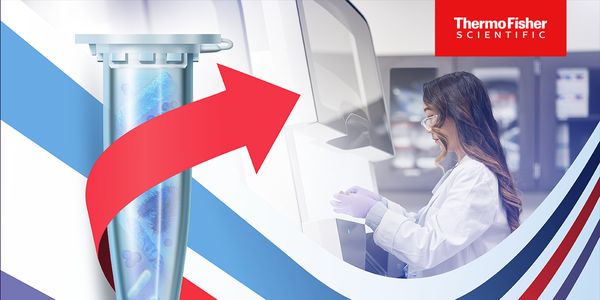Transparent, reliable and reproducible animal research: the ARRIVE guidelines 2.0
-
Nathalie Percie du Sert, PhD
Head of Experimental Design and Reporting, NC3RsBIOGRAPHY
Concerns about the quality of published animal research include inefficient or flawed study design, inappropriate statistical analysis and incomplete reporting. The ARRIVE guidelines were developed in 2010 to promote transparent reporting. Ten years on, despite widespread endorsement of the guidelines by the scientific community, including over a thousand journals, funders and universities, there is limited evidence that the quality of reporting in publications describing in vivo experiments has improved. We have revised the guidelines to facilitate their uptake and their use in practice. The recommendations in ARRIVE 2.0 are prioritised to highlight the most important information: the ARRIVE Essential 10 constitute the minimum requirement to enable reviewers and readers to assess the reliability of the findings presented in a publication. It includes details on the study design, the sample size, measures to reduce subjective bias, outcome measures, statistical methods, the animals, experimental procedures and results. This presentation will introduce the ARRIVE guidelines 2.0 and explain the importance of reporting the critical information covered in the Essential 10.
Learning Objectives:
1. Identify the minimum information to include in manuscripts describing animal research
2. Understand how this information contributes to the reliability and reproducibility of research findings
Please update your information
Certificate of Participation
DOWNLOAD CERTIFICATE






